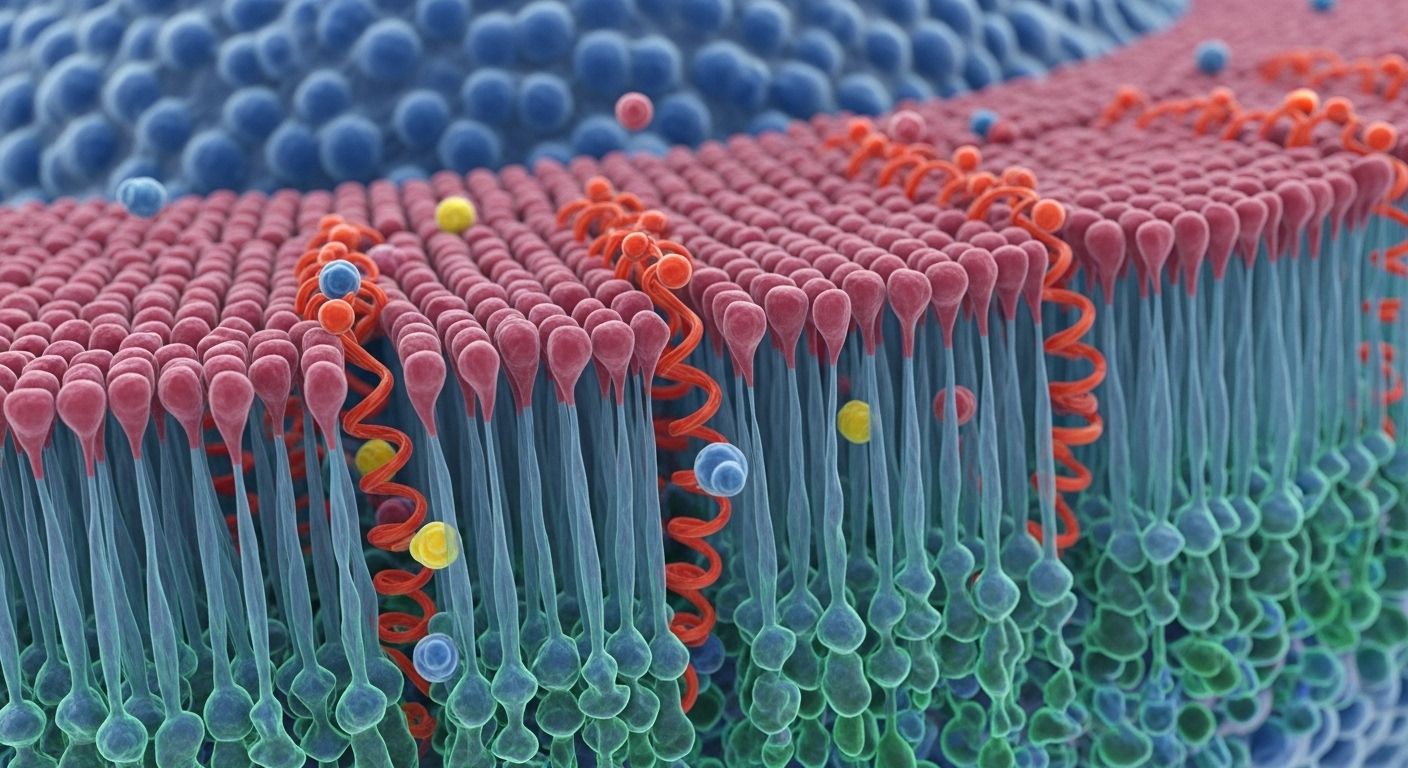
The Cell Membrane & Transport is a dynamic biology course that explores one of the most essential structures in living cells—the cell membrane. Far from being a passive boundary, the membrane is a highly selective, responsive system that maintains internal stability and enables communication with the external environment.
This lesson reveals how the membrane regulates the movement of substances, supports cellular homeostasis, and adapts to changing conditions. Whether you’re studying biology for the first time or deepening your understanding of cellular processes, this course offers a clear and engaging look at how cells stay alive and responsive.
🧫 By the end of this course, you’ll be able to:
This course is ideal for learners who want to understand how cells interact with their surroundings and maintain internal balance. It’s especially useful for biology students, educators, and anyone curious about the microscopic systems that keep life functioning.